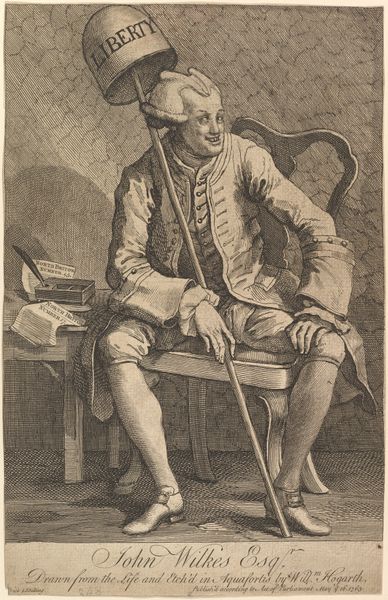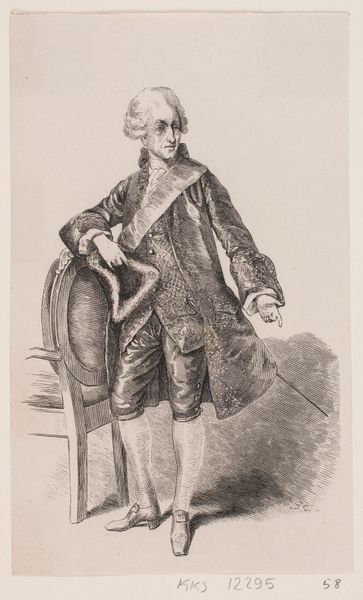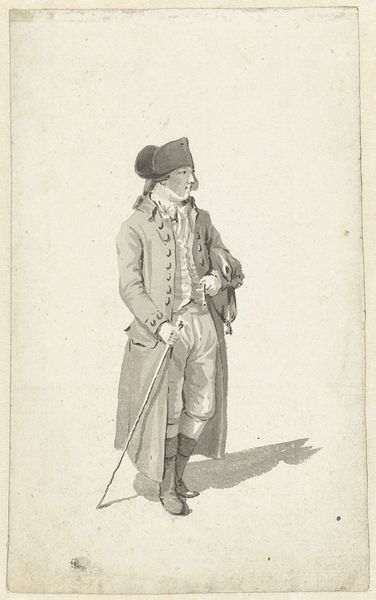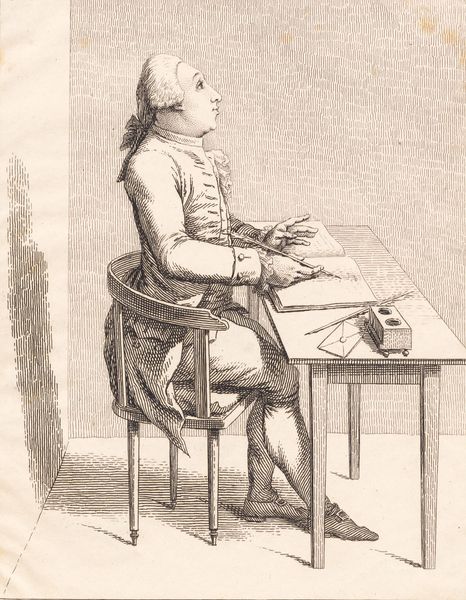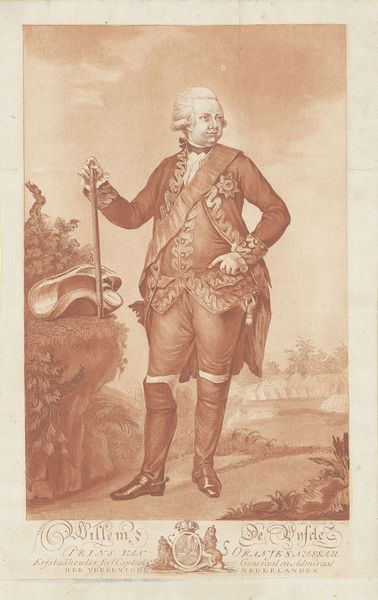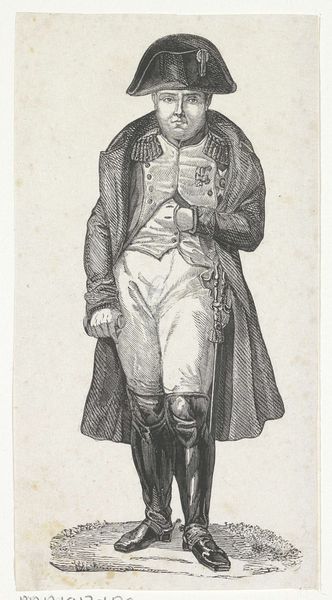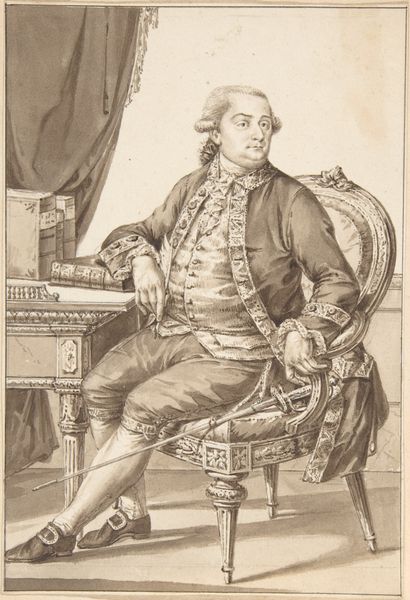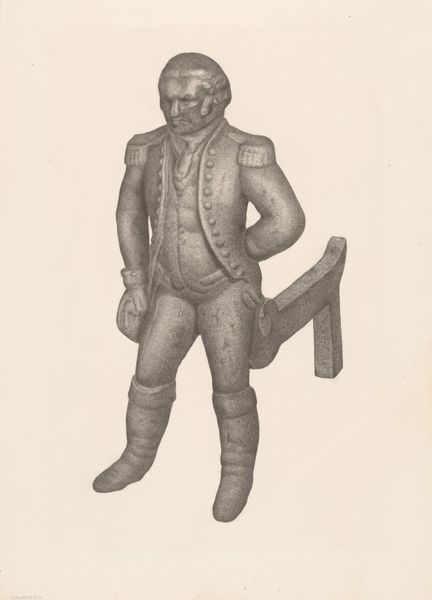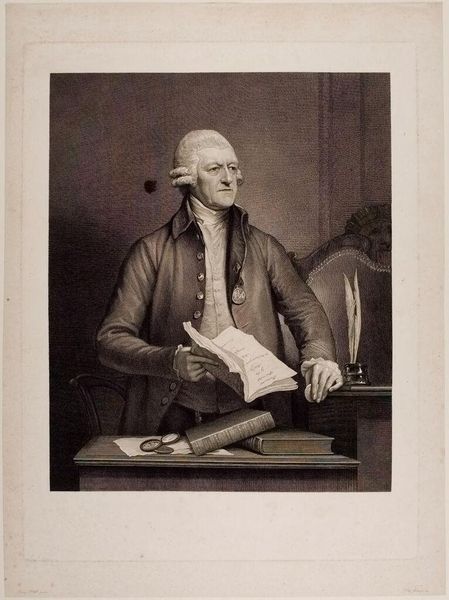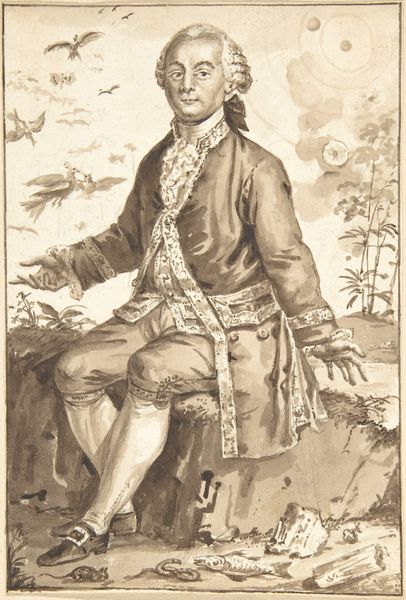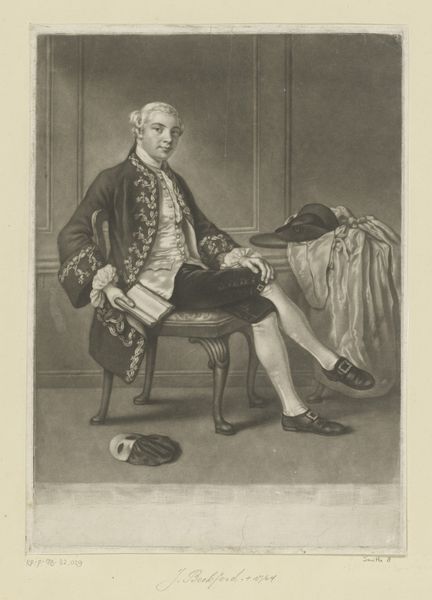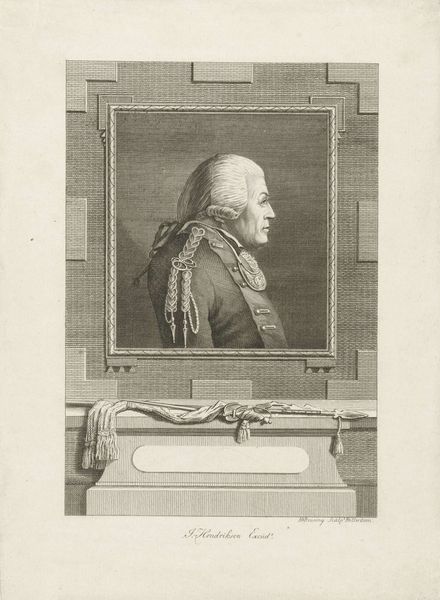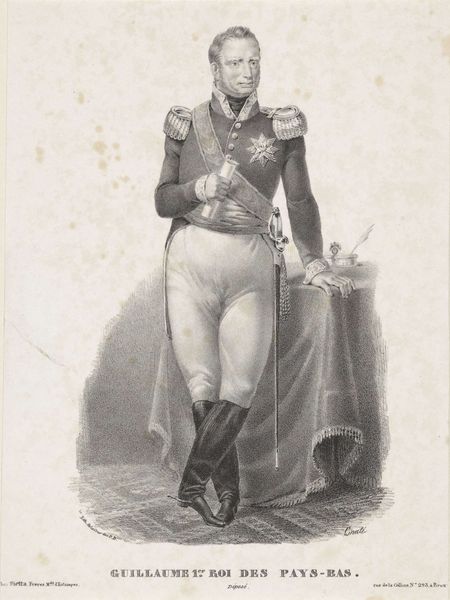
engraving
#
portrait
#
neoclacissism
#
history-painting
#
engraving
Copyright: Public domain
This is William Hogarth’s engraved portrait of the politician John Wilkes. It was made in England at a time of great political tension. Hogarth shows us Wilkes holding a “liberty cap” on a pole, a symbol of the pro-democracy movement. But it's not exactly a flattering portrayal. Hogarth distorts Wilkes’ features in a way that borders on caricature. This was Hogarth’s way of criticizing Wilkes’ radical politics, and it shows how art could be used as a tool for political commentary and social critique. Hogarth had an appointment as Serjeant Painter to the King at the time, so he would have been expected to produce art that was loyal to the monarchy and supportive of the established social order. The image embodies Hogarth's view of the public role of art: to comment on contemporary issues and to uphold traditional values. To fully understand the dynamics between artist, sitter, and the public, scholars consult political pamphlets, newspapers, and personal letters from the period. Art provides a window into the complex social and institutional forces at play in 18th-century England.
Comments
No comments
Be the first to comment and join the conversation on the ultimate creative platform.
